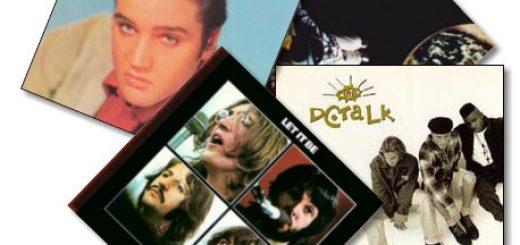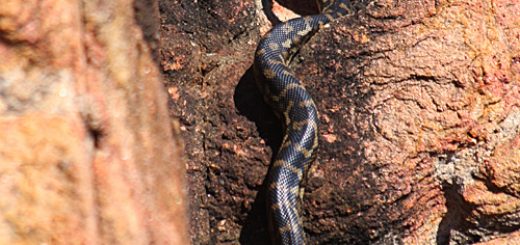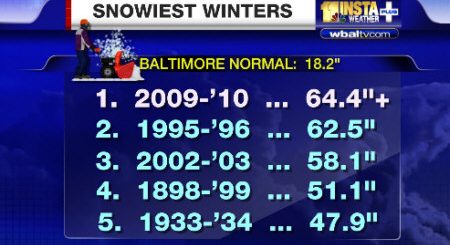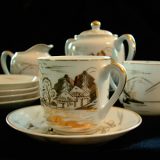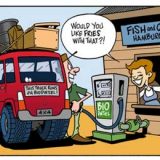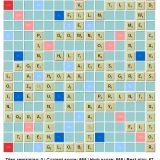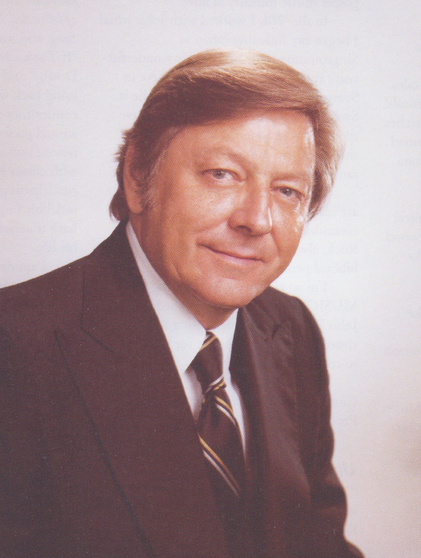John Forrest National Park
Often when John takes me somewhere, I think of my children, if only they could see this…but today, I REALLY thought of my kids. They love a nice hike and the prospects I saw for Enric to enjoy mountain biking were abundant here in John Forrest National Park.
John Forrest National Park is one of Australia’s oldest conservation areas and Western Australia’s first national park.
The area was first established in 1898 as a reserve to conserve its many natural and cultural features.
It became John Forrest National Park in 1947, in honour of the famous WA explorer and statesman. In the early 1900s, visitors came from Perth by rail and alighted from their trains at Hovea Station, a short distance from Hovea Falls, to enjoy a ‘day in the bush’. During the Great Depression of the 1930s, sustenance workers built steps, ornamental gardens, walls, footpaths, picnic shelters and swimming areas.
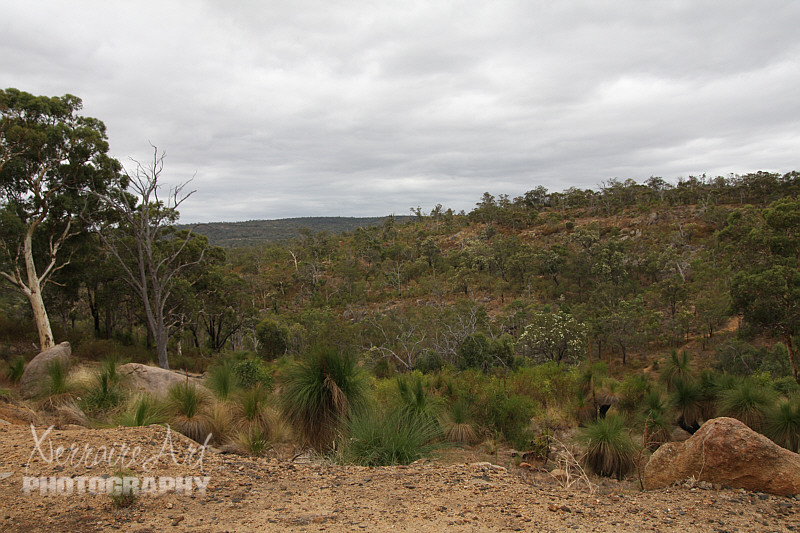
Recreation is an important use of John Forrest National Park. It provides magnificent vistas of the Swan coastal plain and contains walk trails through rugged wilderness, along the old railway line or to quiet pools and spectacular waterfalls.
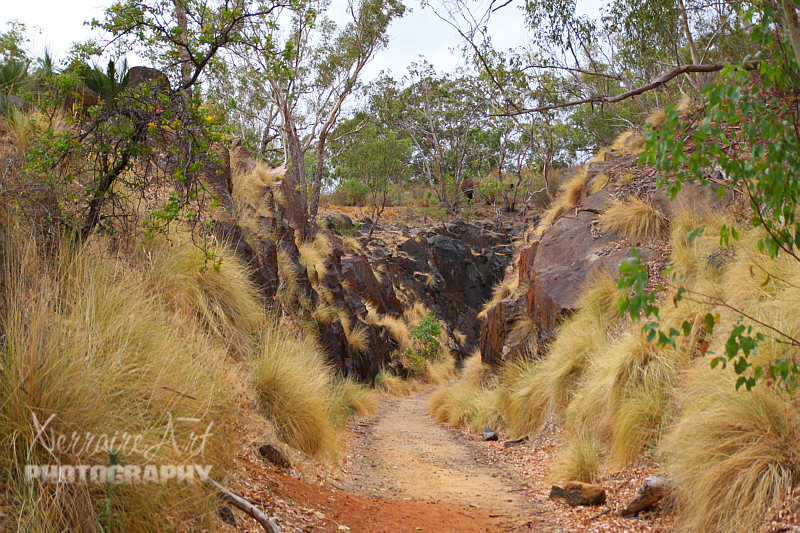
I loved the paths and the rocks.
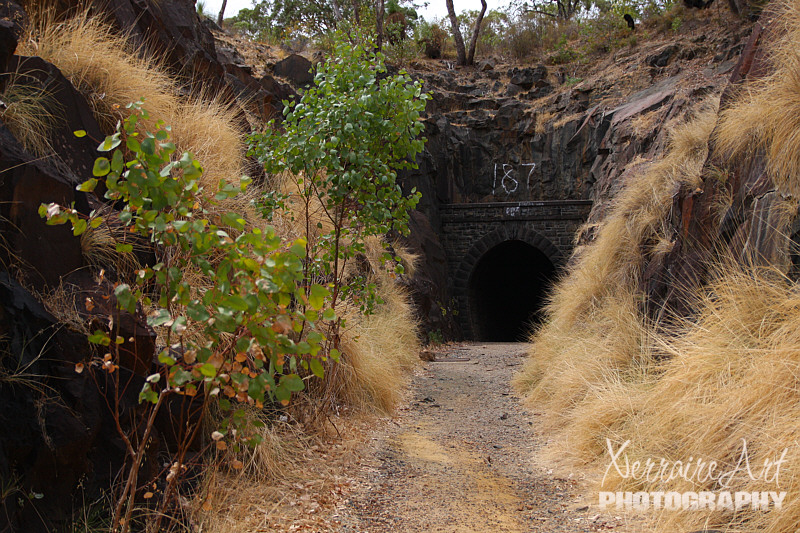
Ahead I could see the tunnel John had talked about and shown me in photos through the years.
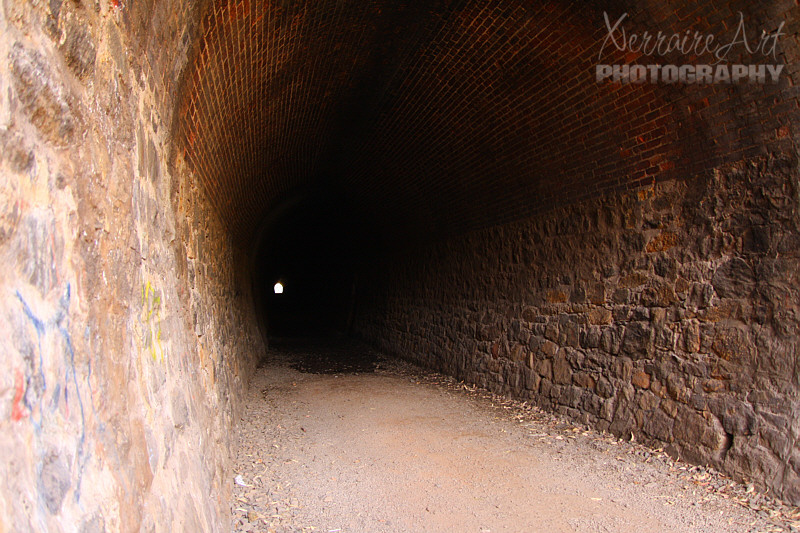
The Swan View Tunnel is a 340 m (1116 ft) railway tunnel and since I saw the light at the end, I decided to go through it instead of around it.
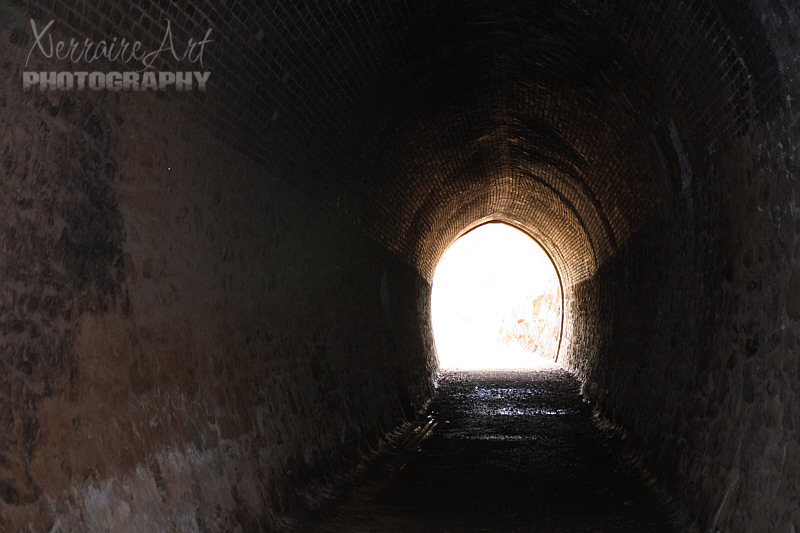
But the trip through was longer than I expected and it was kinda creepy.
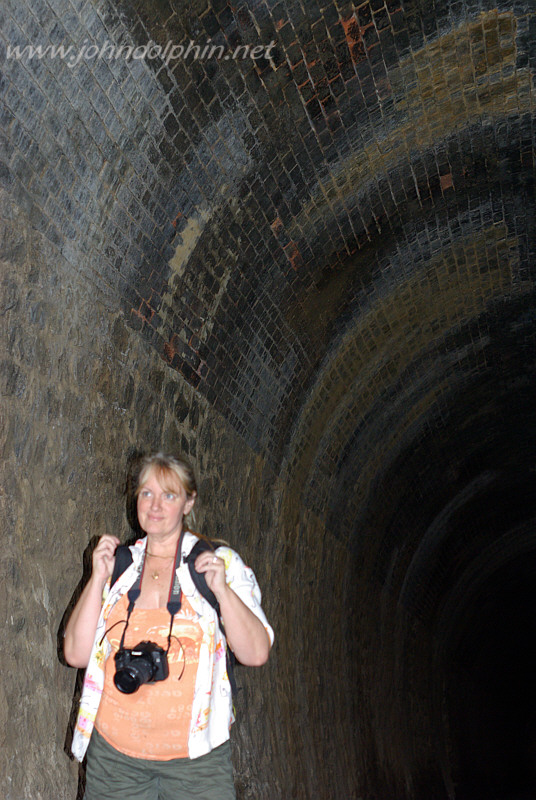
John puts on his flash to get a photo of me not very comfortable walking through the tunnel.
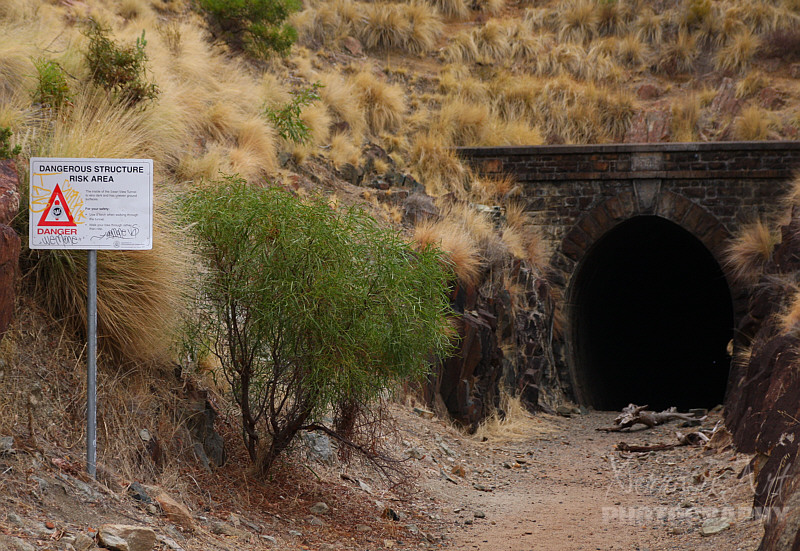
Oh AFTER we get through the tunnel, I see a warning sign! By the way, this is Western Australia’s only ‘true’ railway tunnel. The Swan View Tunnel, built in 1893, is a major feature on the John Forrest Heritage Trail and visitors can walk or cycle through the tunnel. I can’t imagine cycling through.
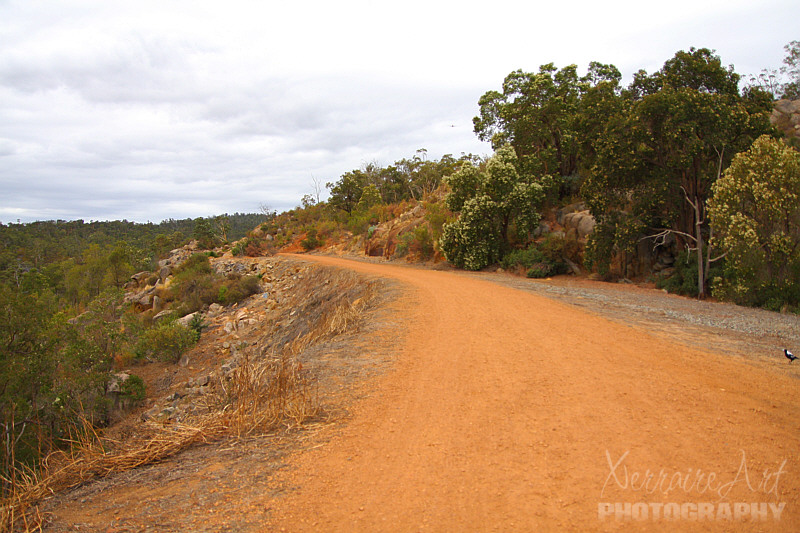
Again, it was hard not to think of my family and how they would enjoy the walk.
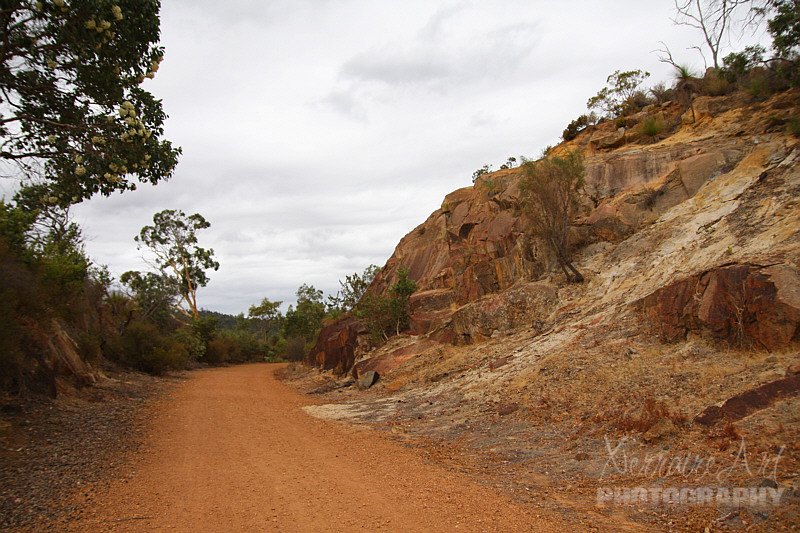
Just such a different landscape than Maryland…
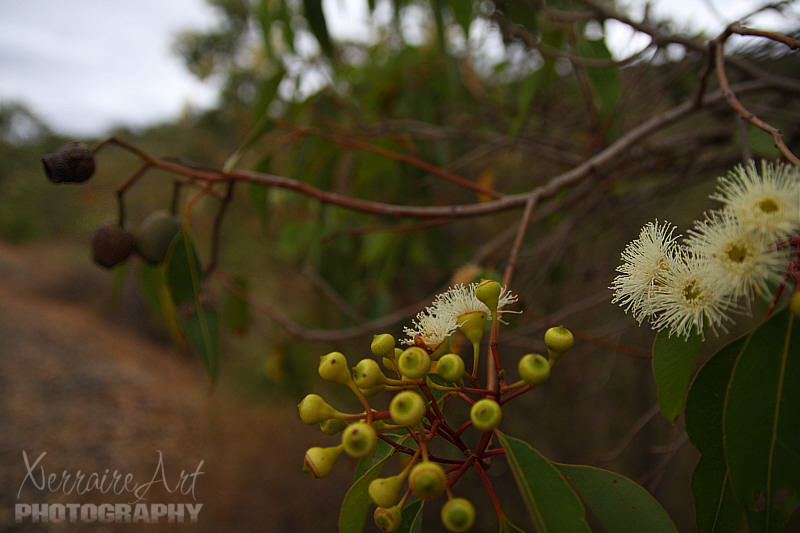
Marri is usually a large tree to 40 metres but can take mallee form on poor sites. It bursts into prominent cream flowers, held outside the canopy, in mid-summer – despite this being in the middle of a rainless period in the mediterranean climate of its native habitat. The bark is rough (tessellated), brown to grey-brown, and often has exudations of reddish gum (kino). Its common name “Marri” is from the Nyoongar word for blood – applying to the gum.
The nuts are large and carry rather large seeds that provide an important food source for some species of parrots including cockatoos.
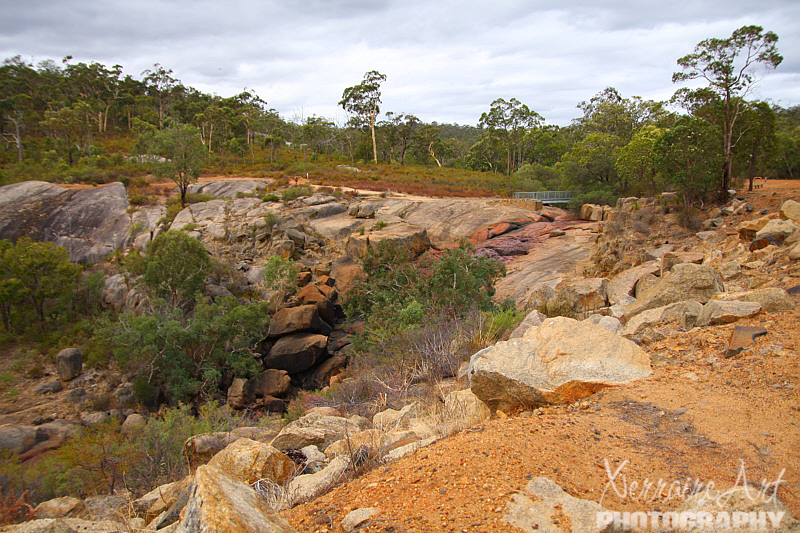
This is the waterfall area….except, no water this time of year.
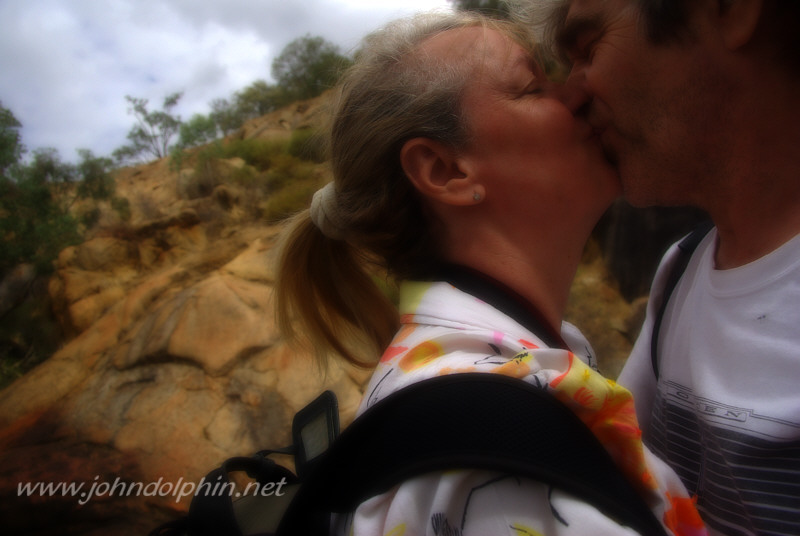
So let’s just kiss and be romantic anyway. 🙂
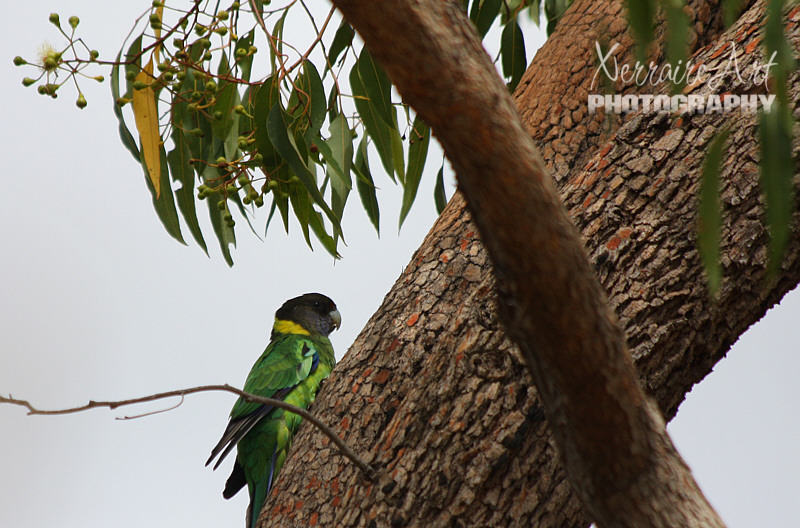
A parrot is nearby.
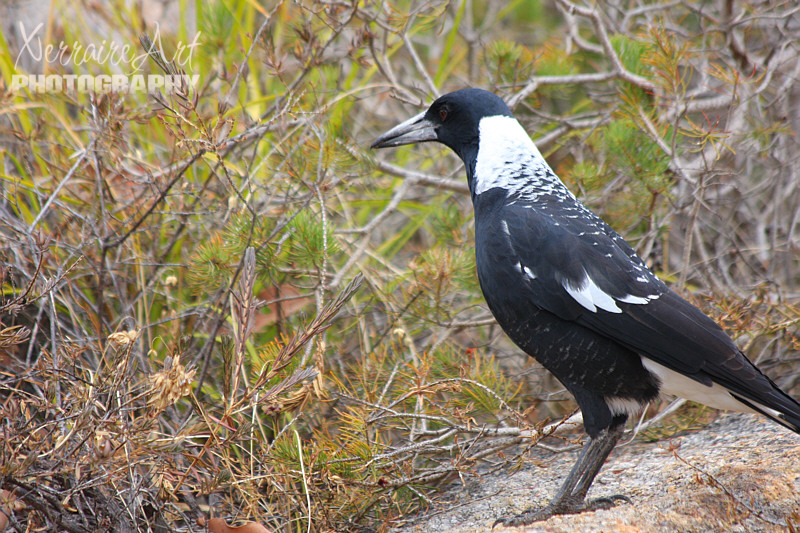
A magpie, too. 🙂
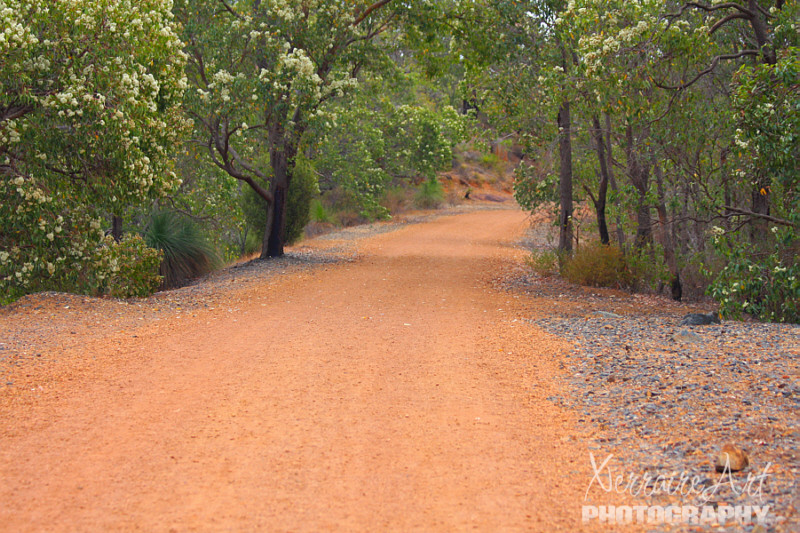
From here we decided to make our way back…inviting isn’t it?
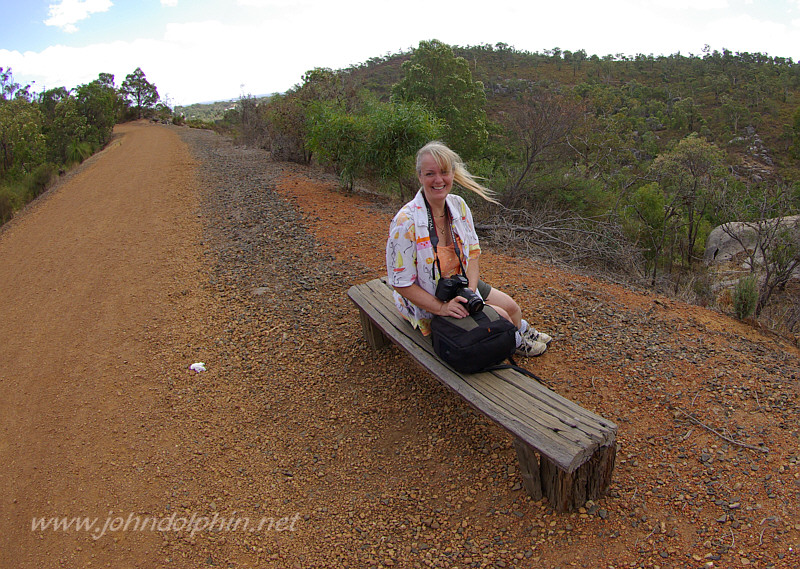
A quick rest, a welcome, breezy spot.
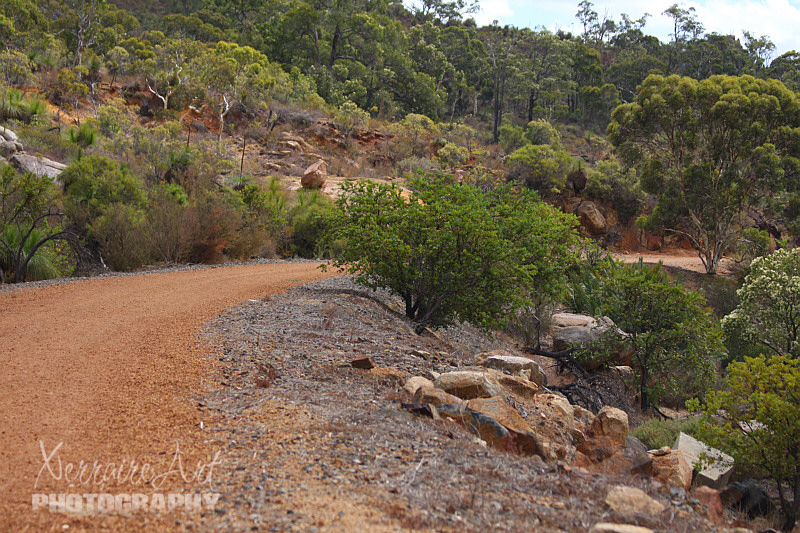
Best time to visit? hehe
Autumn, winter and spring. Not so much summer, but the amazing thing about Western Australia, is that there always seems to be something to see.
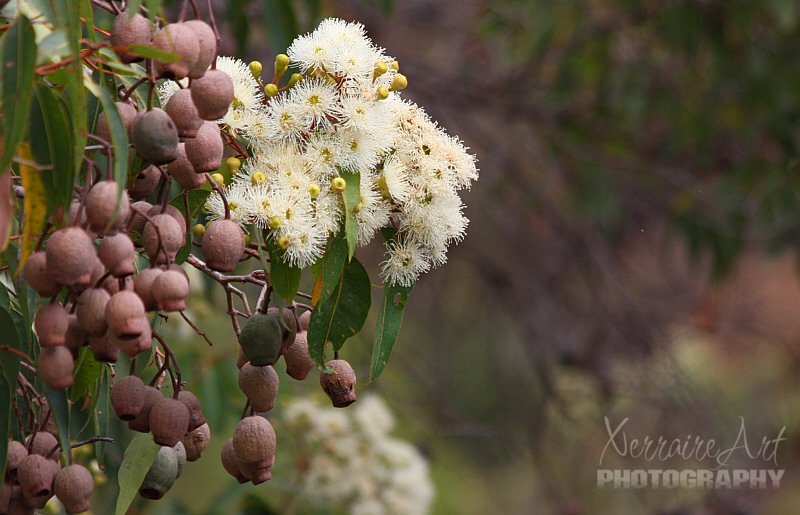
Such as more marri flowers.
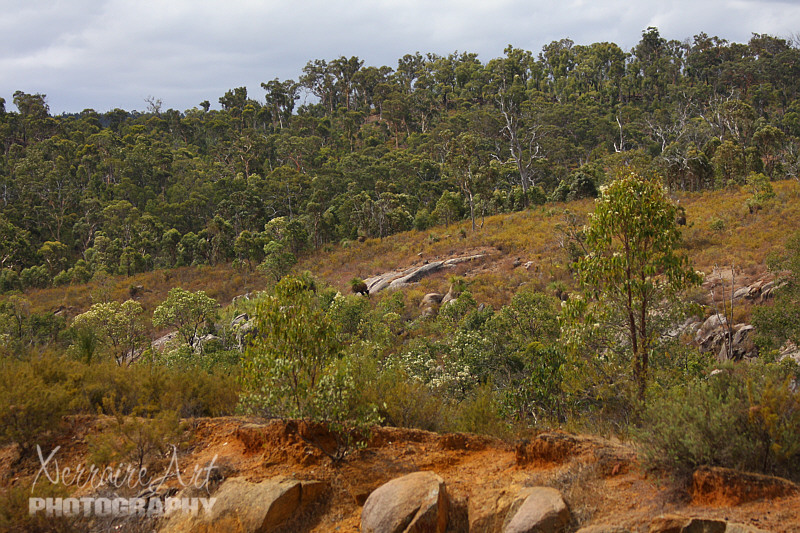
Looking down below we could see yet a more difficult hiking trail.
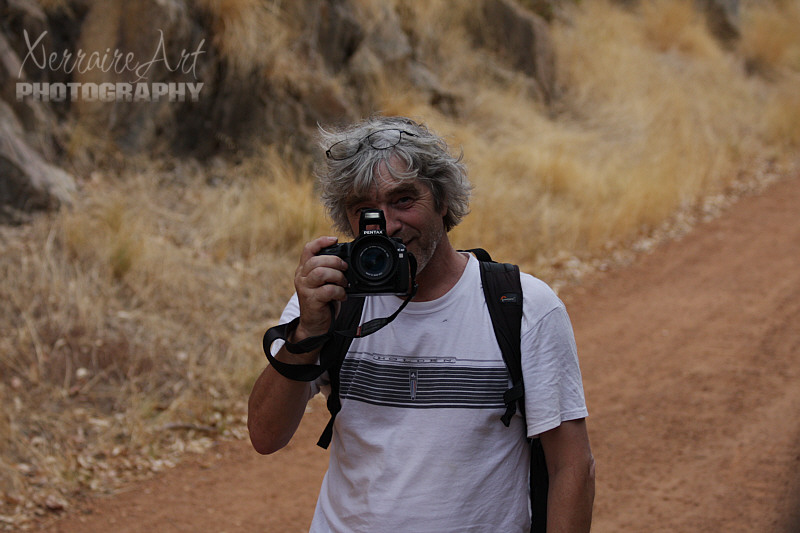
The obligatory “I take your photo…
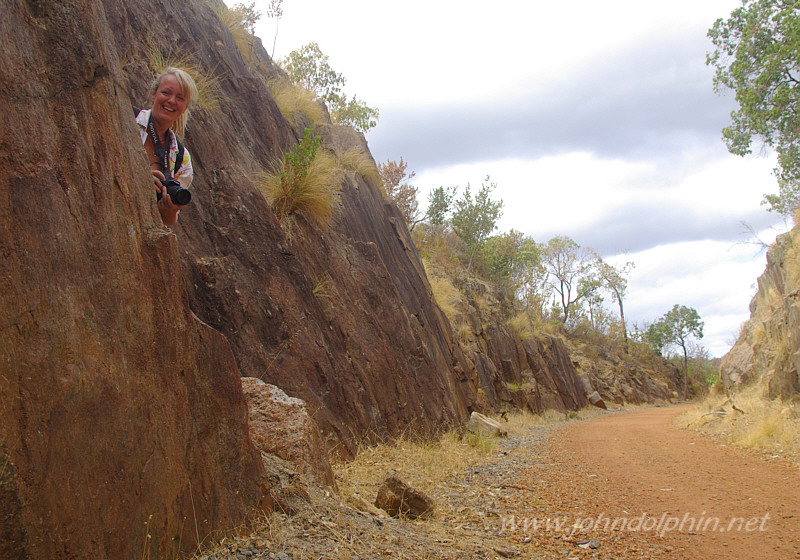
..while you take mine.”
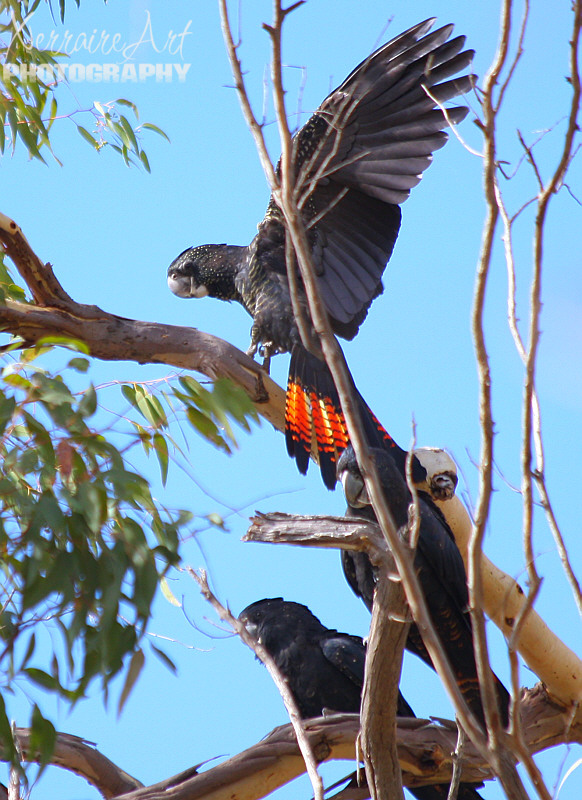
On our way to the car, we spotted Red-tailed cockatoos.
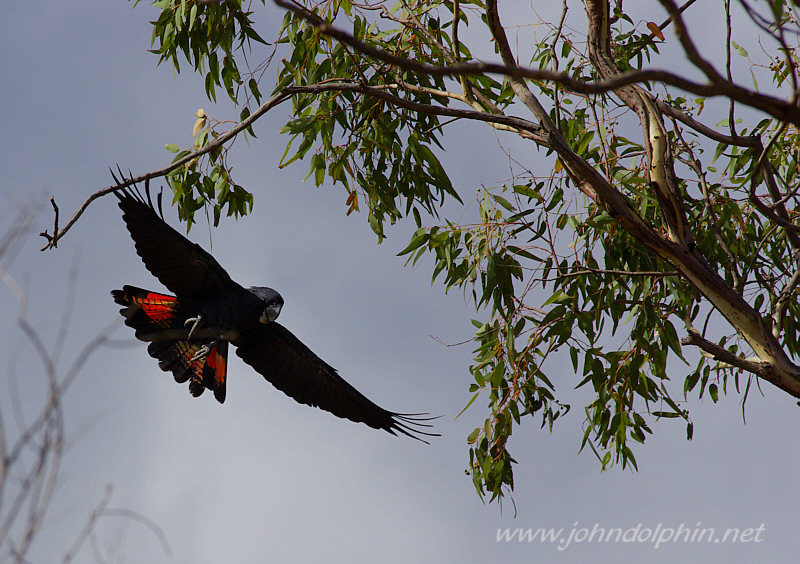
John got a few spectacular shots. He definitely has a better lens for this. 🙂
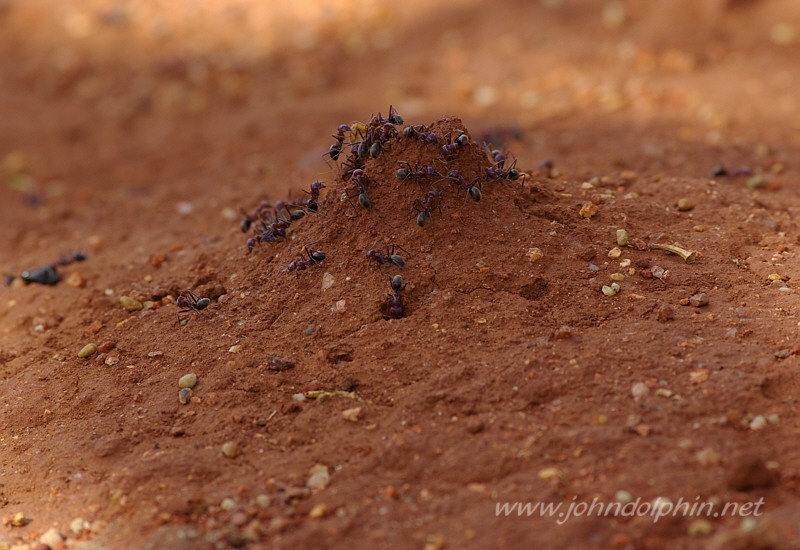
Some more ants on our way out of the park.

